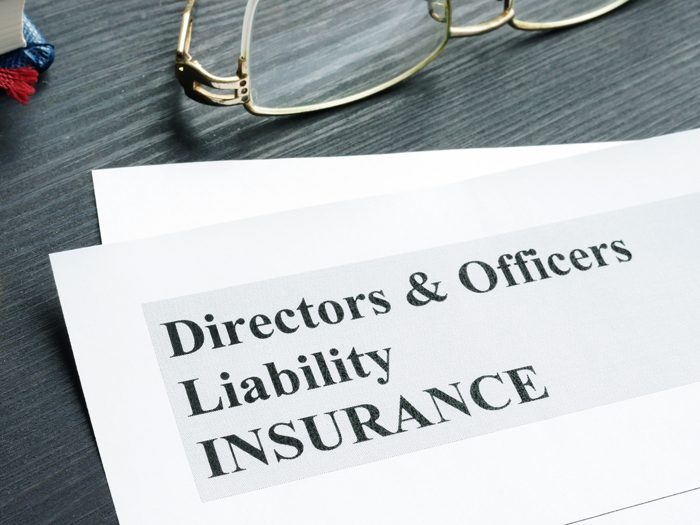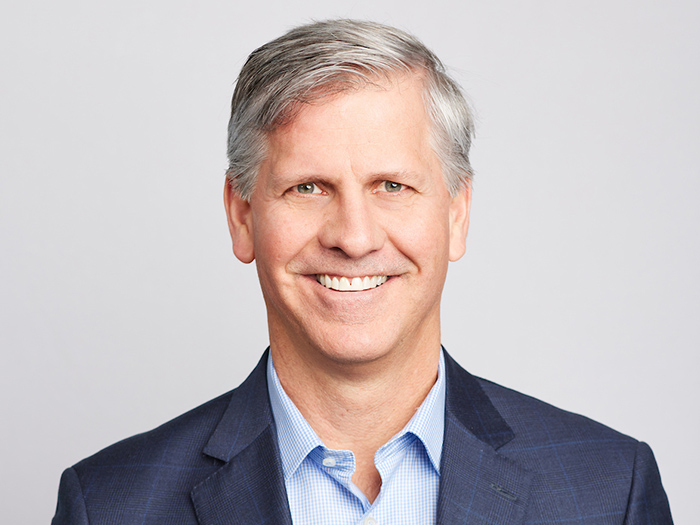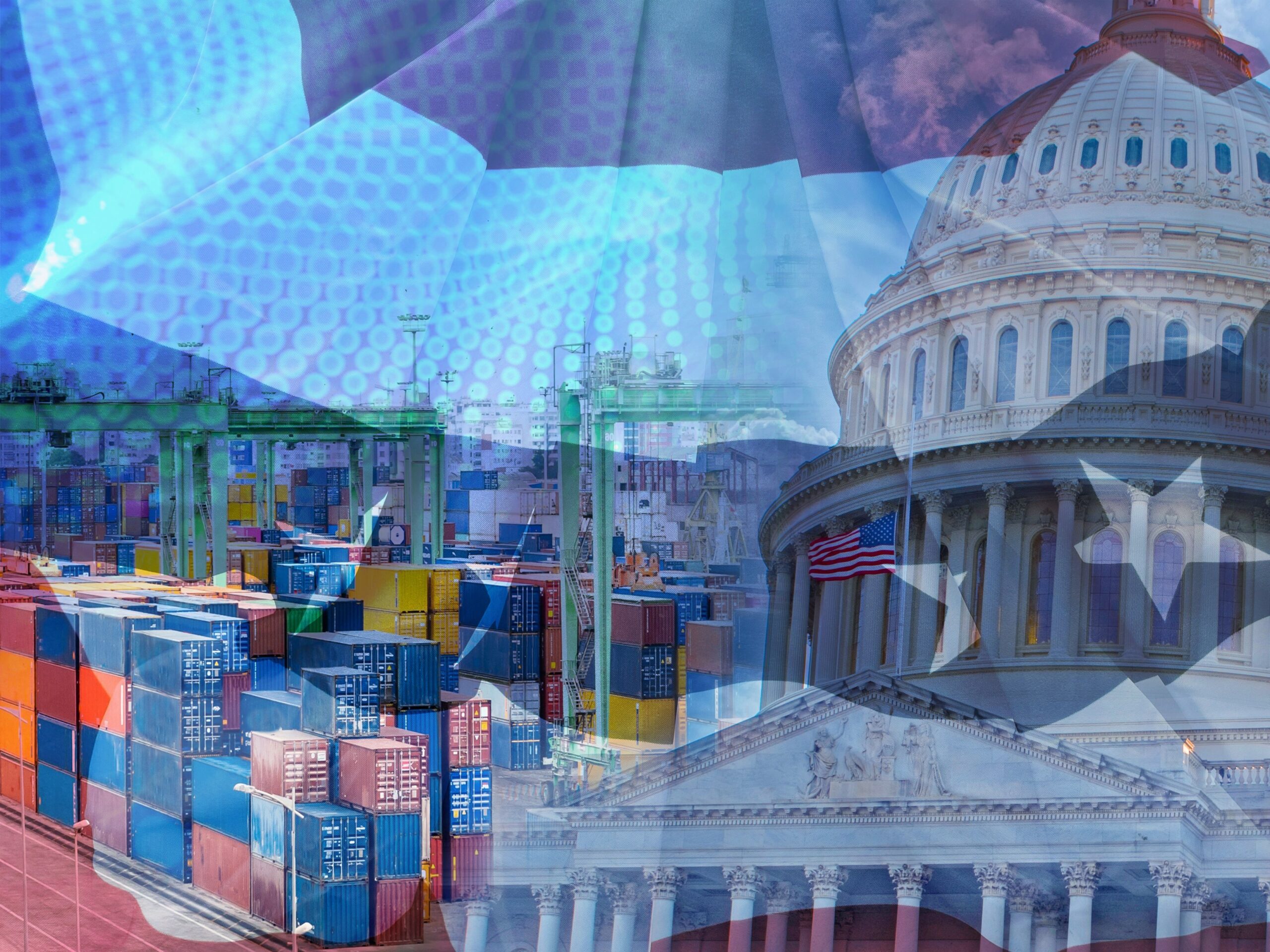Got Sticker Shock? 5 Reasons Why D&O Prices Are Skyrocketing

The whispers of a hard market for directors’ and officers’ policies just turned into screams, as policyholders saw another round of price hikes in the third quarter of 2019.
The market is stabilizing after more than a decade of steady rate declines and hardening in some sectors, including health care and tech. Experts are hesitant to pronounce a hard market just yet, however.
“The term we’re using is a stabilizing market because it’s definitely stabilized and it’s hardened in some sectors and some pockets,” said Christine Williams, CEO of Aon’s Financial Services group.
“I think that’s going to continue. You’re seeing fewer and fewer decreases, if any at all, on the rates of the primary policy.”
Aon’s Quarter Three D&O Pricing Index gives policyholders a look at what to expect as we move into 2020.
The State of D&O Prices
Data from the third quarter of 2019 on public D&O pricing shows that policy prices are increasing at renewals for policies with the same limit and deductible.
“What’s interesting is that you’re seeing a lot of clients who, when they’re renewing limit of insurance or keeping their limits the same as best they can, you’re seeing an increase in deductibles,” Williams said.
“Most clients are being faced with a premium increase and also a deductible which is something they have to assess since they’re putting more skin in the game.”
According to Aon’s Quarter Three D&O Pricing Index, which reports public D&O liability pricing for July through September 2019, the average increase for primary policies with the same limit and deductible was 12.1%.
Compared to Q3 2018, D&O prices per million increase 69.7% and price per million for clients who renewed in both Q3 2019 and Q3 2018 increased by 64.2%.
Only one percent of primary policies renewing with the same limit and deductible experienced a price decrease. Ninety percent experienced a price increase.
Overall, the Pricing Index increased from 0.66 in Q3 2018 to 1.12 in Q3 2019. This is the highest Quarterly Index value since Q4 2009.
What’s Driving Price Increases?
While market stabilization after years of a soft market are playing a role in D&O price increases, other factors are also at play.
A new report from Allianz Global Corporate and Specialty (AGCS) identifies 5 trends that could be affecting D&O pricing increases.
1. Event-driven litigation is on the rise. From the #MeToo movement to cyber or security breaches, companies are being hit from all sides by major events and the resulting litigation related to those events.
Event-driven litigation often trickles down in securities or derivative claims from shareholders after an event causes share prices to fall or triggers regulatory investigations.
For D&O policies, cyber-related claims are one of the most prevalent causes of this cost-driver.
AGCS reports that they saw a number of securities class actions, regulatory fines and investigations and derivative actions resulting from cyber-related incidents in 2019 and they expect an increase in 2020.
2. Climate change and Environmental Social Governance (ESG) are on board members’ minds. Now more than ever, the public expects companies and their boards to focus on ESG issues, and board members are taking notice.
The 2019 Allianz Risk Barometer 2019 ranked “loss of reputation or brand value” as the ninth top business risk overall.
Increasingly, climate change risk is becoming board members’ top concern in this area. Failure to disclose climate change risks will likely drive litigation in the coming years, especially as attribution science becomes more accurate.
3. Securities class actions are growing globally. Once common in only the U.S. and Australia, securities class action lawsuits are increasing globally as governments abroad are increasingly supportive of the litigation.
The European Union proposed enacting a collective redress model to allow for class action lawsuits across member nations and Saudi Arabia introduced a class action regime recently. Other nations, including Canada, are also becoming active class-action venues.
4. Uncertain economic and political futures are on the horizon. Business insolvencies and bankruptcies are on the rise, according to AGCS’s report.
In 2018, business insolvencies rose by more than 10% year-on-year and in 2019 business failures are set to rise for the third consecutive year.
Adding to economic uncertainty are major political events such as Brexit, the U.S./China trade war and the upcoming U.S. elections which could exacerbate recent trends.
5. Litigation funding is now a global investment class. Litigation financing reduces cost-related barriers to entry for people who want to seek compensation, and investors who were hurt by years of lower interest rates see it as a valuable tool for high returns.
So far, the largest litigation funders have set up shop in Europe, but the U.S. accounts for about 40% of the market. The industry has grown to around $10 billion globally, according to AGCS.
Billings of some of the largest law firms suggest that this number could be much higher, however, possibly even in the $50 billion to $100 billion range. In any case, D&O policyholders need to remain on their toes as litigation becomes a world-class industry. &










